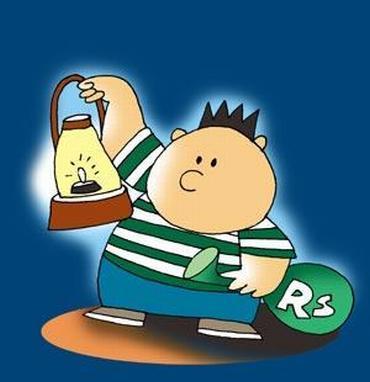
Gratuity is a part of salary that is received by an employee from his/her employer in gratitude for the services offered by the employee in the company. Gratuity is a defined benefit plan and is one of the many retirement benefits offered by the employer to the employee upon leaving his job.
An employee may leave his job for various reasons, such as retirement/superannuation, for a better job elsewhere, on being retrenched or by way of voluntary retirement.
Eligibility
As per Sec 10 (10) of Income Tax Act, gratuity is paid when an employee completes 5 or more years of full time service with the employer.
How does it work?
An employer may offer gratuity out of his own funds or may approach a life insurer in order to purchase a group gratuity plan. In case the employer chooses a life insurer, he has to pay annual contributions as decided by the insurer. The employee is also free to make contributions to his gratuity fund.
The gratuity will be paid by the insurer based upon the terms of the group gratuity scheme.

The gratuity so received by the employee is taxable under the head 'Income from salary'. In case gratuity is received by the nominee/legal heirs of the employee, the same is taxable in their hands under the head 'Income from other sources'. This tax treatment varies for different categories of individual assessees. We shall discuss the tax treatment of gratuity for each assessee in detail.
For the purpose of calculation of exempt gratuity, employees may be divided into 3 categories:
(a) Government employees and
(b) Non-government employees covered under the Payment of Gratuity Act, 1972
(c) Non-government employees not covered under the Payment of Gratuity Act, 1972
In case of government employees they are fully exempt from receipt of gratuity.
In case of non-government employees covered under the Payment of Gratuity Act, 1972 Maximum exemption from tax is least of the 3 below:
(i) Actual gratuity received
(ii) Rs 350,000
(iii) 15 days' salary for each completed year of service or part thereof
Note:
In case of non-government employees not covered under the Payment of Gratuity Act, 1972 Maximum exemption from tax is least of the 3 below:
(i) Actual gratuity received
(ii) Rs 350,000
(iii) Half-month's average salary for each completed year of service (no part thereof)
Note:

Let's understand the above math clearly with an example:
Varun had been working with an IT company since past 10 years, 7 months.
He is retiring on 15th April, 2010. His current Basic = Rs 40,000 pm, DA = Rs 5,000 pm.
He is going to receive a gratuity amount of Rs 3 lakhs on retirement.
Note: Varun's basic and DA have been the same since past 1 year.
Lets consider 2 situations here (a) Varun's employer is covered under Payment of Gratuity Act, 1972; and (b) Varun's employer is not covered under Payment of Gratuity Act, 1972.

Important points to remember